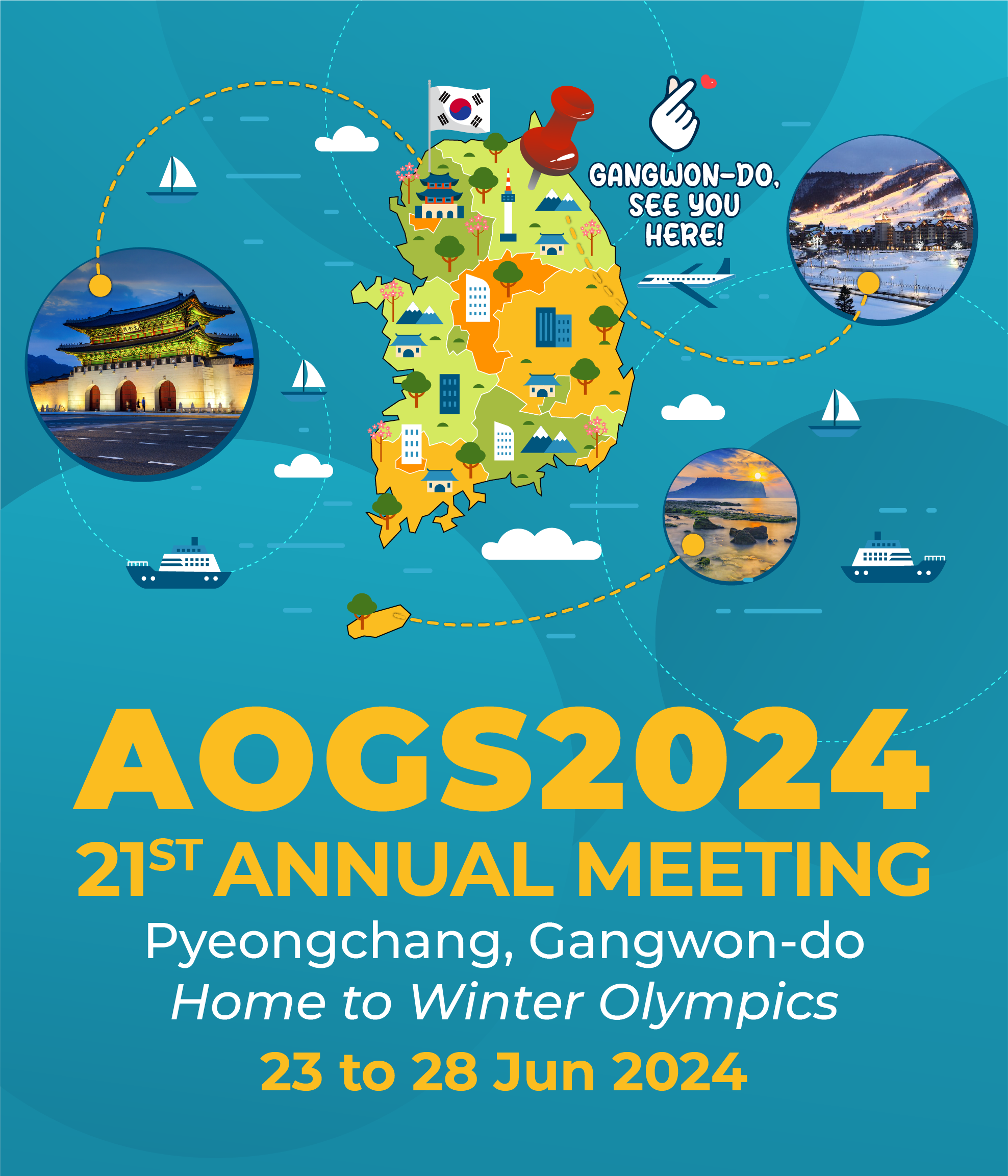
SE Distinguished Lecture | 27 Jun (Thu) 11:00 AM - 12:30 PM | Pyeongchang Hall III, Alpensia Convention Center

Shengji WEI
Principal Investigator, Earth Observatory of Singapore (EOS)
Associate Professor & Associate Chair, Asian School of the Environment (ASE)
Nanyang Technological University
Dr. Shengji WEI is a Principal Investigator at the Earth Observatory of Singapore (EOS), as well as an Associate Professor and Associate Chair at the Asian School of the Environment (ASE), both at Nanyang Technological University (NTU). Before joining NTU in 2014, he completed his post-doctorate training at the Seismological Laboratory at the California Institute of Technology. He obtained his bachelor and PhD degrees in geophysics from the University of Science and Technology of China in 2004 and 2009, respectively.
He has broad interests in plate tectonics with focus on earthquake source and velocity structure studies. His research experiences cover both natural and man-made earthquakes. His approach to resolving the kinematic nature of earthquakes involves a combination of geodesy, geology, and seismology to better constrain the spatial-temporal evolution of seismic rupture properties. Besides reconciling various datasets, he has also developed techniques that allow waveform inversion/modelling to be extended to a higher frequency (e.g. > 1Hz) range of relevance for damage assessment. In recent years, his group initiated and maintained strong research programs with SE Asia collaborators, such as in Indonesia and Myanmar.
Recent Earthquake Rupture Imaging and New Insights to Fundamental Earthquake Physics
As a critical component of plate tectonics, large earthquakes also possess one of the greatest threats to human society. However, the detailed rupture processes of these damaging events are still not sufficiently known, leaving a range of fundamental earthquake physical problems unsolved. In recent years, the much improved space geodetic and seismological observations, along with well-calibrated inversion/modeling/analyzing methods, provide new opportunities to dramatically improve the constraints on the rupture details and the settings of large earthquakes. These developments allow us to shed some new lights to fundamental physics of earthquake source. Here, we use three representative earthquake cases, i.e., the 2023 Mw7.8&7.7 Turkey earthquake doublet (representing in-land strike-slip earthquake), the 2021 Mw8.2&7.4 Kermadec earthquake sequence (representing subduction zone megathrust earthquake), and the 2013 Mw8.3 deep Sea of Okhotsk earthquake (representing intra-slab earthquake), to address a range of questions including: 1) What governs the rupture speed and high frequency (most damaging) seismic energy radiation of large earthquakes? 2) How similar are ~M8 subduction zone earthquakes and what factor(s) control the limit of seismic slip? 3) What is the critical physical mechanism that allow M8+ earthquakes to take place at the depth of ~600km, where the pressure and temperature conditions are quite extreme? Finally, based on these findings, some perspective of future earthquake source studies will be briefly discussed.
